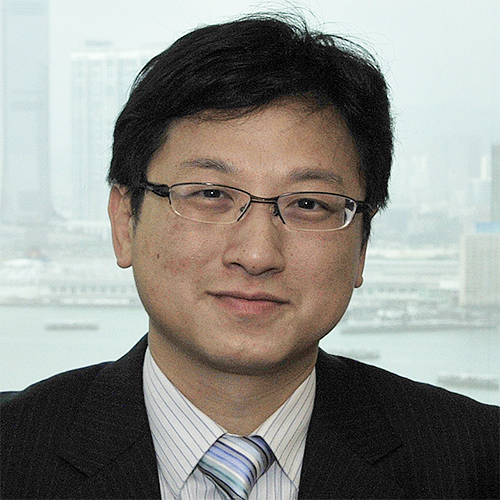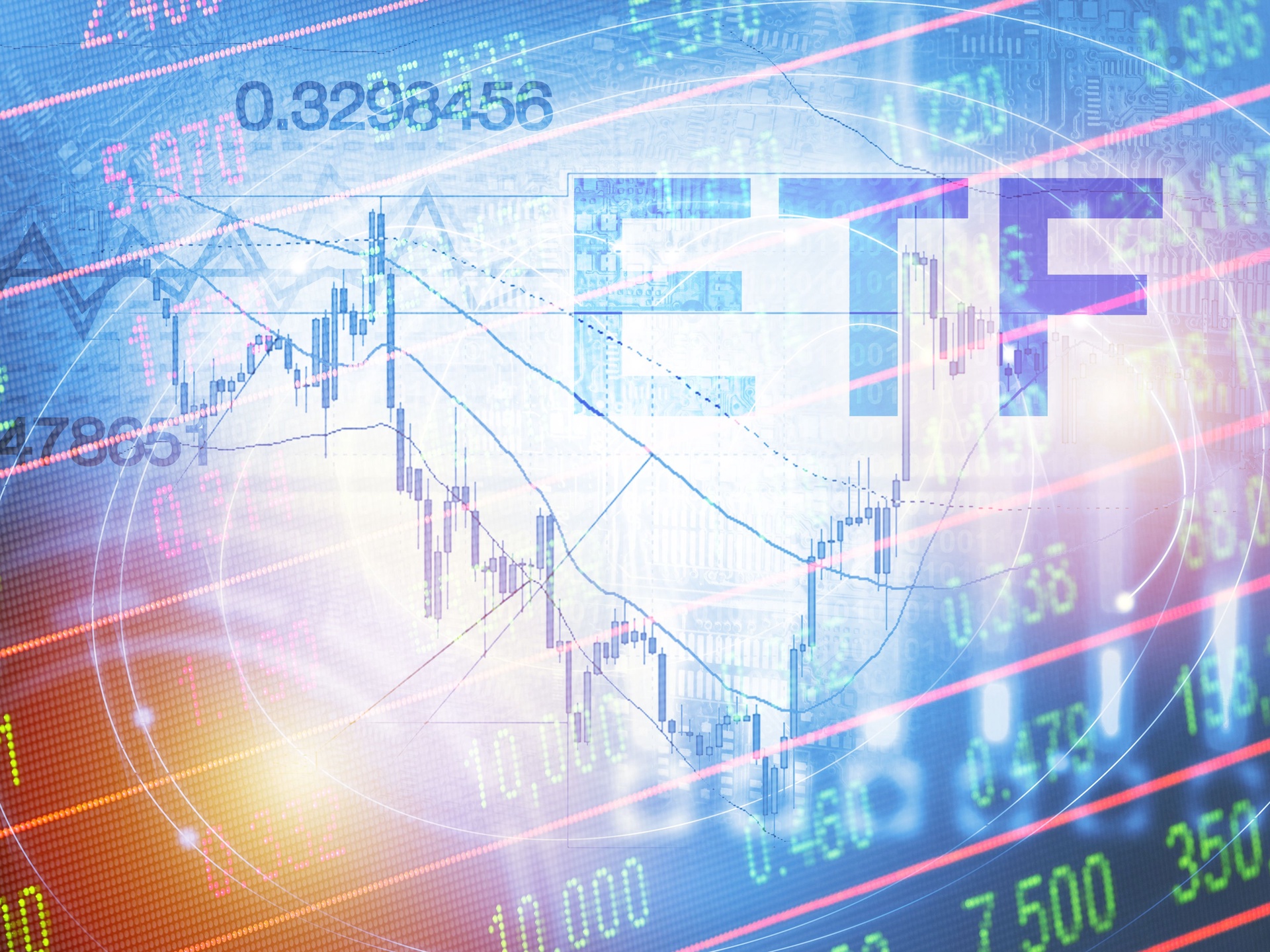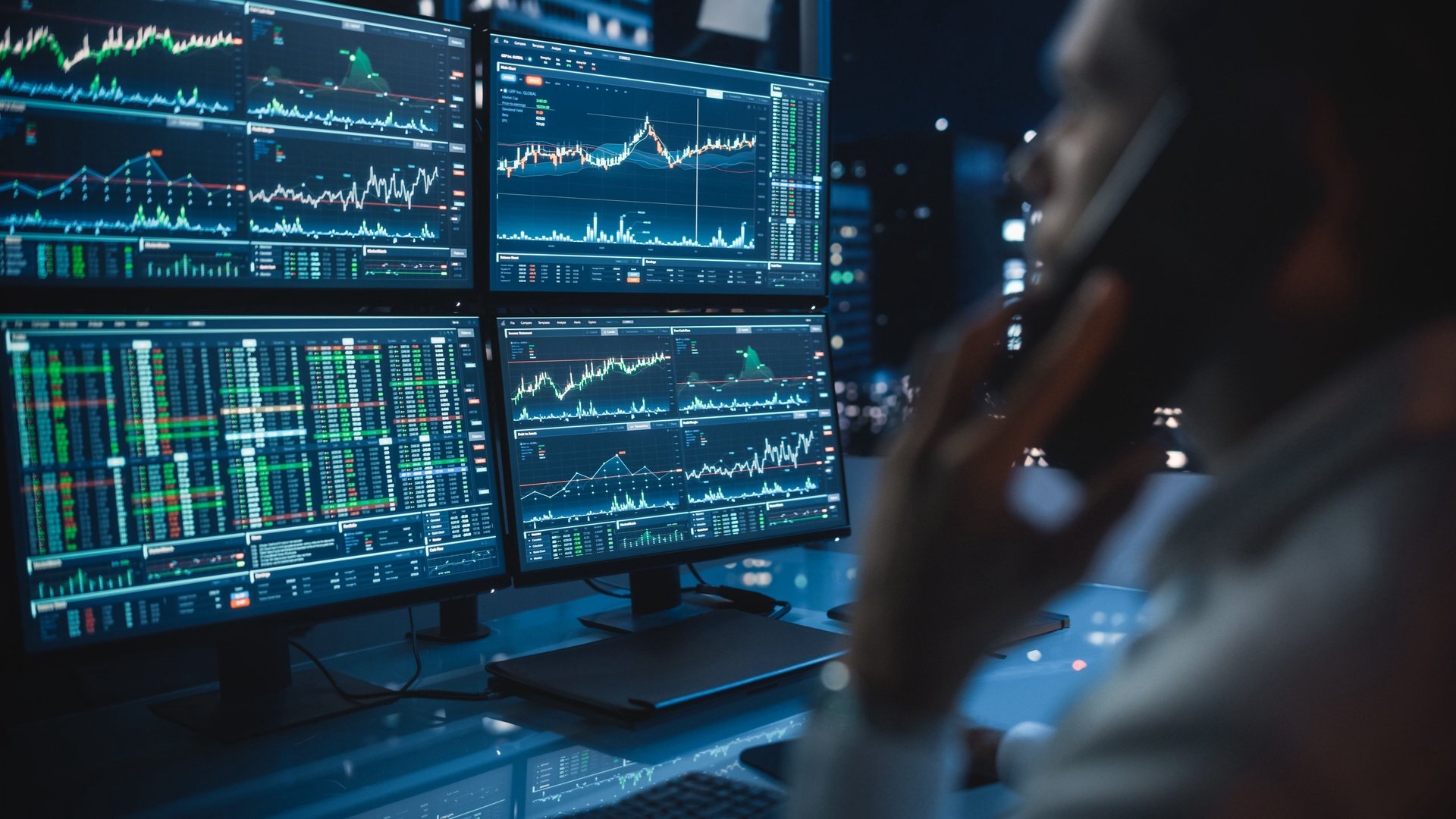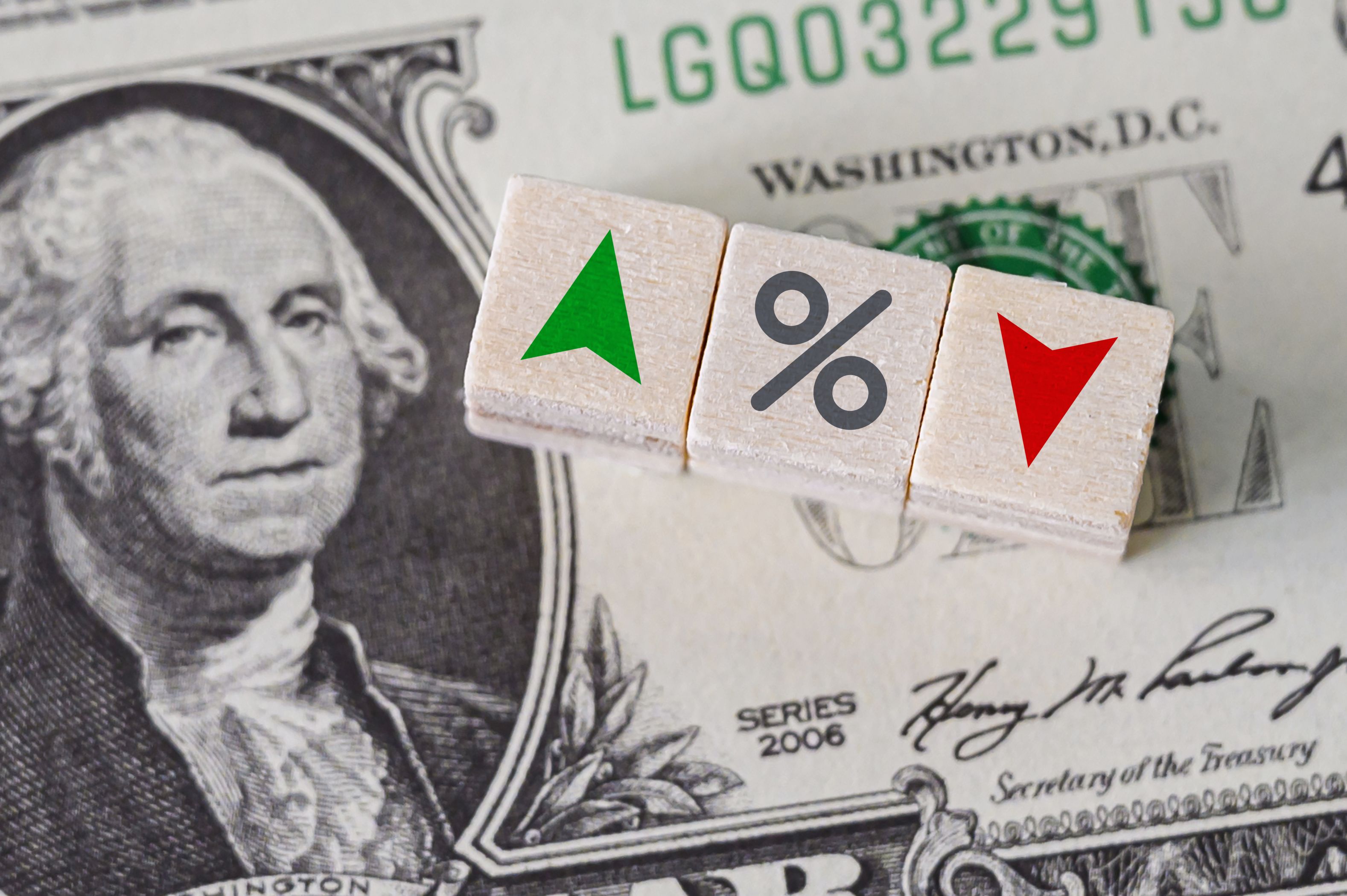China is often accused of over-investing and its capital productivity has fallen. Indeed, investment in the country is extremely high when compared to other countries. China’s investment spending has represented 40% to 50% of GDP throughout most of this century, but has been easily financed because savings have been even higher.
Despite high investment rates, China’s economy is in reasonable external balance, marginal efficiency of capital is positive, and return on equity (RoE) is in the middle of the developed comparator range.
External balance is one thing, but what about the effect of high levels of investment on the domestic economy? Just as too little investment can be a bad thing, too much can render projects unprofitable and create economic inefficiencies and losses. China has often been accused of building roads to nowhere or to newly constructed ghost towns. If this were true it could boost employment and income in the short term but would imply a loss of efficiency over the long term as those projects fail to give economic returns.
One way to judge the efficiency of investment is to look at capital productivity. Figure 1 shows the simplest of measures: GDP divided by the capital stock. When this measure of average capital productivity is on the rise, it suggests that recent investment has given more GDP returns than was the case in earlier periods (not surprisingly, capital productivity declines during recessions, as predicted for 2020). For example, US capital productivity improved throughout the 1960-2000 period but has since levelled off and declined slightly.
.jpg)
Japan has followed the opposite path, with high post-war capital productivity giving way to decline from 1970 to 2000, perhaps due to over-investment in the 1970s and 1980s. Since the start of this century, however, capital productivity in Japan has improved again and is now back in line with that of the European Union (which itself has been relatively stable since 1960).
China appears to have gone through a dramatic transition. During the Mao era, we would guess the country suffered from under-investment, making it easy to invest profitably. Though productivity stabilised at a lower level in the post-Mao era, it remained well above that of the comparator countries until the end of the last century.
It was during the Deng era that investment spending became more important, approaching 40% of GDP in the mid-to-late 1980s and finally exceeding that level for a few years in the early 1990s. The cumulative effect of all this investment spending was to lower capital productivity, which started on a new downtrend in the mid-1990s, a downtrend that is ongoing.
That doesn’t look good. Not only is China extracting less benefit from its capital stock than at any time since at least 1960, it also appears to be getting less benefit than developed country counterparts.
However, the fact that China is suffering diminishing economic returns from its investment does not mean the investment should not have occurred, nor that it should not continue. The important question is whether China is deriving any benefit from its investment spending. One way to judge that is to look at the marginal efficiency of capital.
Figure 2 shows one such measure, as calculated by the European Commission (EC), along with our own calculations for China. Put simply, it shows the GDP gain for each unit of gross fixed capital formation. It is naturally cyclical, with sharp declines during recessions, as is forecast for 2020, which is why we show a 10-year moving average.
 - 10-year MA.jpg)
Though China’s marginal efficiency of capital has recently been less than half what it was in the 1980s and 1990s, it has remained positive and above that of comparator countries. This suggests that, while China’s use of capital is less efficient than it used to be, there is still scope to reap economic benefits from further investment, for example, by moving rural populations into urban areas and making them more productive.
All the above look at investment spending from a total economy perspective, including the public sector. From an investor’s perspective, RoE is another way to look at it. On this basis, US RoE has been between 12% and 16% for most of the last 30 years and has consistently been at the top of the comparator country range. China’s RoE approached 20% in the early 1990s but averaged only around 10% in the late 1990s/early 2000s and has since averaged around 12%. EU and Japanese RoE averaged 6% to 10% over the last decade, with that of the EU falling from US levels in the early 2000s and that of Japan gradually rising from the 4% average seen in the early 1990s. We expect RoE to be lower in 2020 in all countries.
Our conclusion is that China’s investment is less productive than it was, but is still adding economic value. RoE may be lower than in the US, but is higher than in the EU and Japan, which suggests to us that valuation ratios should be lower in China than in the US (lower PE, price to earnings, for the same PBV, price to book value, say) but higher than in other developed markets.
Paul Jackson is the global head of asset allocation research at Invesco.









